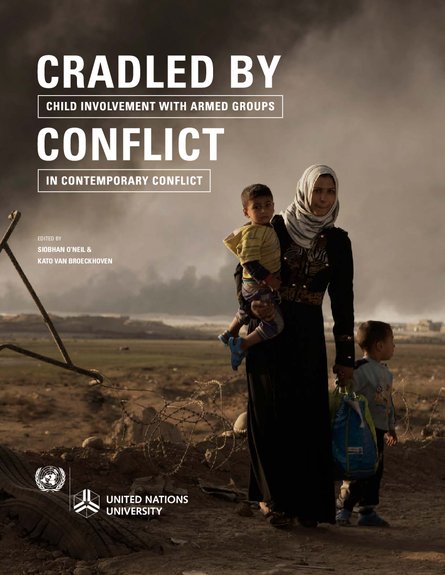
Today, there is concern that the nature of contemporary conflict, and the non-state armed groups fighting them, pose seemingly new policy and programmatic challenges to prevent child recruitment by, and facilitate disengagement of children from, these groups. We are thus confronted with the question – does the international community’s approach to preventing child association with non-state armed groups, and releasing and reintegrating associated children, require a reassessment, particularly in light of extreme violence and tactics associated with many of the non-state armed and terrorist groups fighting today?
This volume is a valuable first step to addressing this pressing question. It seeks to understand how and why children become associated with, are used, and exit non-state armed groups in contemporary conflict in order to craft effective policy and programmatic responses. While the opinions expressed in this publication are those of the authors and do not necessarily reflect the views or policies of UNICEF, DPKO, and the Governments of Luxembourg and Switzerland, we trust this volume will provoke serious reflection on, and inform discussions about, how the international community can prevent and respond to child recruitment and use by armed groups in today’s conflicts.
